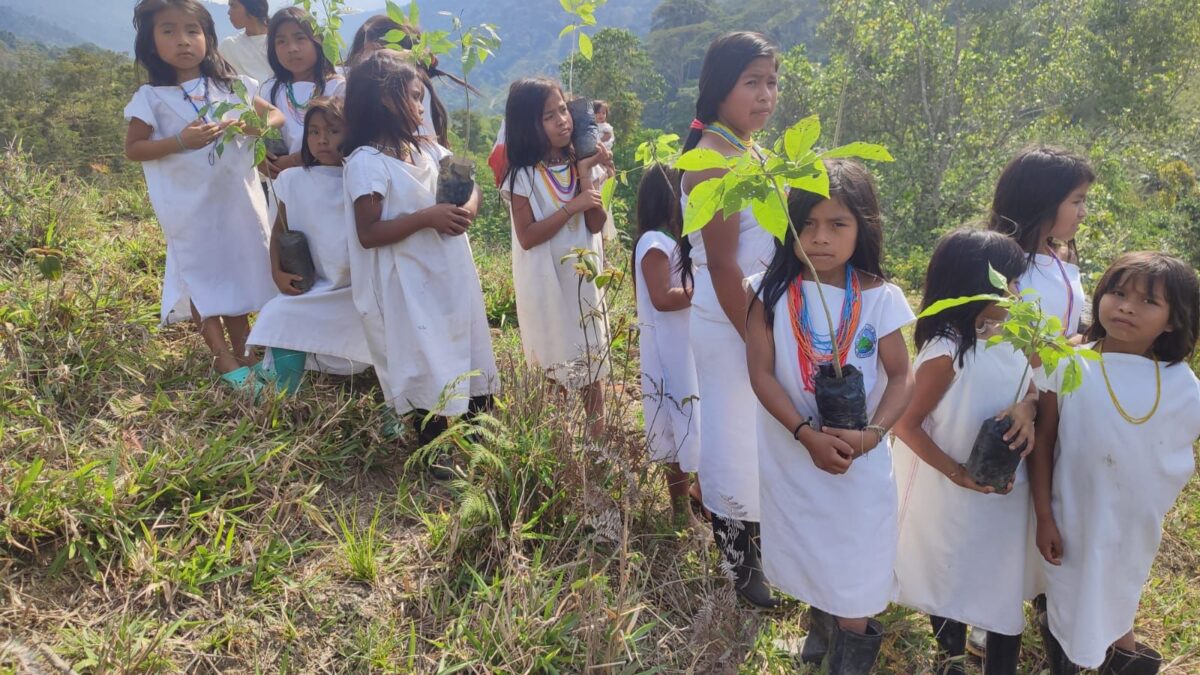Once, the Austrian philosopher Ivan Illich was asked what the most revolutionary way to change a society was. He responded:
“Neither revolution nor reform can ultimately change a society; rather, one must tell a new powerful story, one so persuasive that it sweeps away the old myths and becomes the preferred story, one so inclusive that it gathers all the fragments of our past and present into a coherent whole, one that even sheds some light on our future so we can take the next step […]” (Illich, n.d., apocryphal citation).
This maxim, attributed to the Austrian philosopher, has become an ethical premise that is difficult to achieve. The problems of representative democracy are not new. Historically, politicians have incited the masses to agitation in order to generate opinion, maintain power, and obtain the economic privileges inherent in their public offices. The dialogue on the environmental crisis falls victim to crossfire. The most radical right-wing factions deny climate change and the disparities of the economic model; meanwhile, the more pre-capitalist (or post-capitalist, depending on the theoretical perspective) left proposes economic solutions that threaten the stability of countries, security, and the free development of individuals. For politicians, without agitation, there is no change, and without change, there are no voters. Those who hold more assertive and balanced positions are inevitably labeled as indecisive. Ultimately, the “powerful story” that Illich speaks of, the one that shelters everyone, seems an unreachable utopia.
Democracy in American Indigenous Cultures
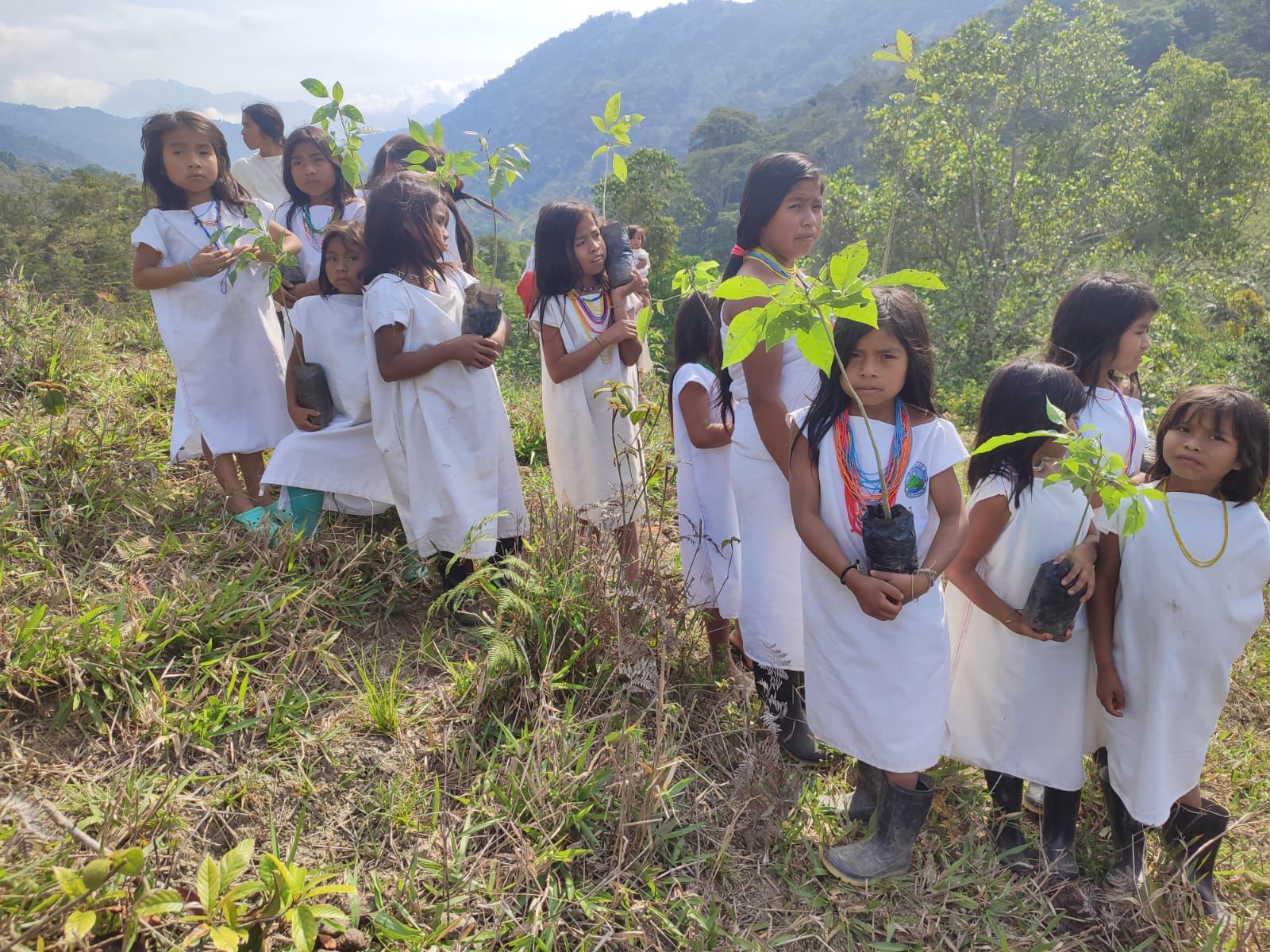
Historical accounts often detail the violent practices of the two largest territorial empires in the Americas: the Aztec and Inca empires. Despite the negative literature—present for both conquerors and the conquered—democratic participation models existed within Mesoamerican communities. Upon the arrival of the Spaniards, the Nahuas managed their territories through city-states, using basic social units of organization; the physical spaces known as “calpulli” usually divided labor and were dedicated to various commercial and religious tasks (Estrada, 1983). Today, the Nahua Tlaxcalteca culture retains the characteristic features of those ancient territorial systems (Reyes & Pérez, 2004). Although Spanish chronicles have portrayed the Aztec empire as a group of untamed savages, political and administrative organizations, as in the case mentioned, were mostly peaceful. Due to their close relationship with the Spaniards, the Tlaxcaltecas enjoyed privileges and established communities in New Spain, the Philippines, and Peru (González, 2001).
In North America, there is also evidence of cultures that used democracy as a form of government. The so-called “Iroquois Confederacy,” or the well-known Haudenosaunee, regulated their way of life through representative democracy. According to Masana (2015), in 1987, on the 200th anniversary of the American Constitution, a rich debate arose at Cornell University about the influence of this culture on the Magna Carta of the American people. Over 200 scholars participated in a historical discussion that continues to this day. Similarly, the so-called “Plains Nations,” which included the Sioux, Cheyenne, and Blackfoot communities, can be included. Their tribal councils allowed collective decision-making, in which elders and leaders were revered with respect and consideration.
In South American cultures, the Quechua and Aymara peoples had a democratic community structure. The “Ayllu” was made up of families who jointly managed resources and made important decisions in open assemblies. With clearly defined territorial boundaries, the family unit was the heart of those primitive organizations. According to Choque & Mamani (2021), the indigenous peoples of Bolivia have been victims of historical fragmentation, precisely as a consequence of the new republican democratic system. The development model’s pretensions clash with an ecologically responsible conception of life, that is, they antagonize the Andean “good living” worldview, the desire for “a dignified life, in fullness, in balance, and harmony.”
Another example worth highlighting from the southern biogeographic region corresponds to the peoples of the Sierra Nevada de Santa Marta in Colombia. The so-called “Mamos” are the spiritual leaders of the Kogui, Arhuaco, Wiwa, and Kankuamo peoples. For decades, these communities have denounced the ecosystemic changes that will occur due to the spiritual imbalance in their “younger brothers,” the non-indigenous societies. As a result of this spiritual crisis—in other words, of natural disconnection—climate change, the food crisis, and the imbalance of complex natural systems occur. Today, these communities observe how the snow caps of their mountain range disintegrate due to global warming.
The Concept of Democracy in Greek Society
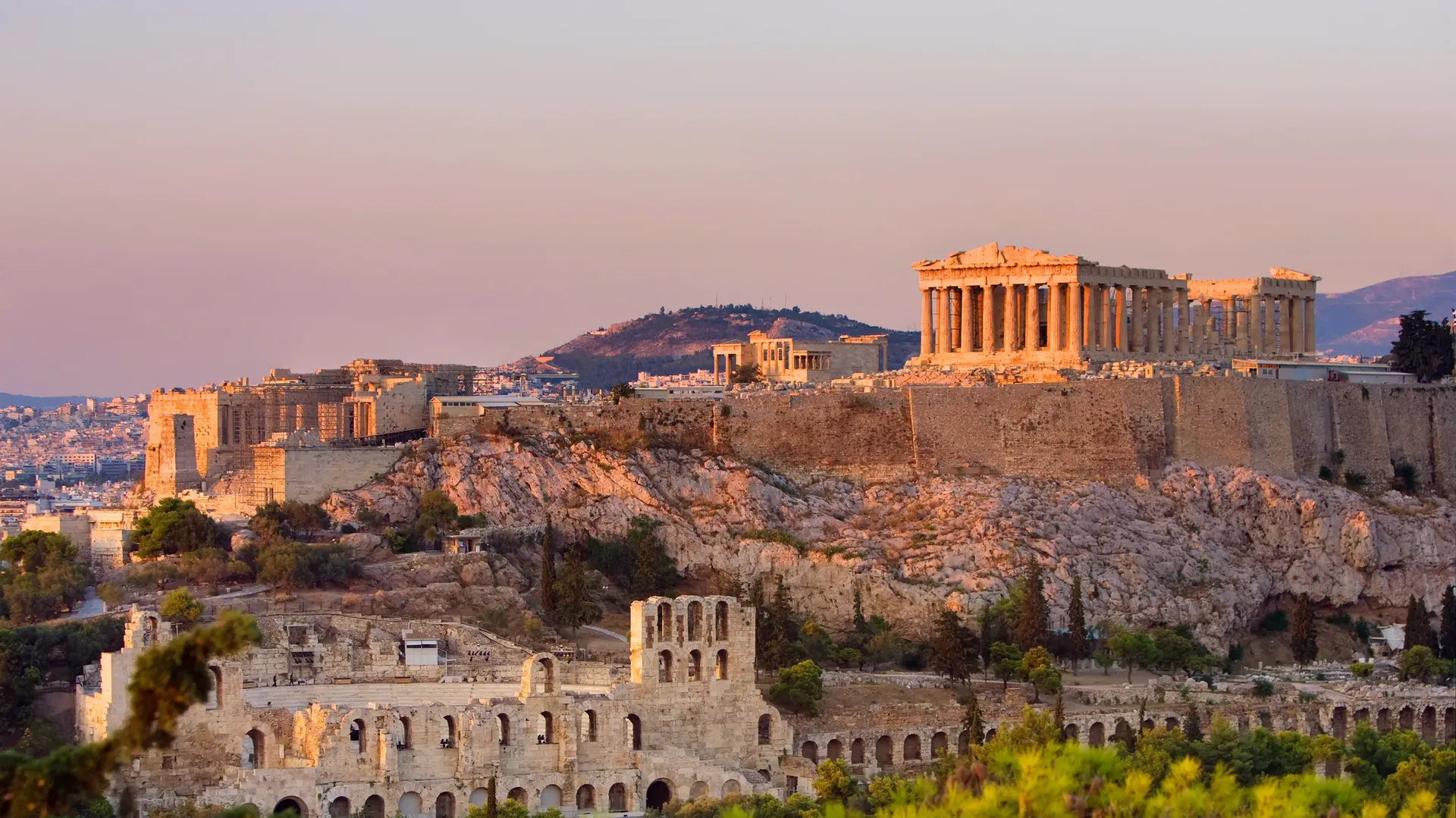
In Greek society, the polis was the traditional designation for the city-state. Democracy in ancient Athens was direct, not subject to representativeness. Citizens gathered in the so-called “Pnyx,” the city’s assembly to address matters of public interest. The Agora was the physical space designated for political and administrative activity, where only free men congregated. Both women and slaves were excluded from decision-making. The term democracy derives from the conjunction of the words “demos,” meaning people, and “krátos,” referring to power. Greek democracy was everything but the power of the people.
The main philosophers of the Hellenistic tradition developed the concept of “πολιτεία” (politeia, in its Greek translation). This metaphysical idea of Platonic and Aristotelian philosophy acquired an ethical character: society was to have a high level of participation in the life of the polis and could not be separated from intellectual formation. State problems were addressed with citizen participation and political pragmatism. More importantly, political life was to chart a path of happiness. For Aristotle, an individual’s happiness was only possible through active participation in the polis, in political events, and in ethics. Despite its inequities, its manifest elitism, and its reprehensible treatment of women, agitation was not necessary for the exercise of power in the mother of Western democracies.
Dialectics as a Method of Acquiring Knowledge

The dialectical method is, in essence, of Greek tradition. Having its origins in Heraclitus of Ephesus, who was the first author to address the terms of change and contradiction, it found its greatest exponent in Socrates in ancient philosophy. Condemned to drink hemlock for allegedly “corrupting Athenian youth” (Socrates’ true guilt was his disruptive invitation to question everything through reason), the “maieutic” or so-called “dialectical method” stood out for its inquiry through tendentious questions and answers. Thus, dialectics became the art of dialogue and exegetical discussion. The man who elevated those novel ideas for the time was Plato’s teacher, and he, in turn, was Aristotle’s teacher, where philosophical logic of later centuries would find its final foundation (especially in Thomistic philosophy, that is, in Christian scholasticism).
Although Immanuel Kant openly criticized the use of dialectics in metaphysics, with his “Critique of Pure Reason,” he laid some fundamental steps to demonstrate the limitations and contradictions of the instrumental use of reason. In Kant, for the first time, we find the foundations of scientific thought (some attribute them to William of Ockham). Kant inquired into a priori and a posteriori knowledge and took epistemology to unsuspected levels. It is precisely through Kant that Hegel, the author of idealist dialectics, definitively influenced modern philosophy and gave rise to critical studies, typical of Marx, Adorno, Sartre, and, no less importantly, Habermas.
The Metanarrative as a Necessity to Understand the Crisis
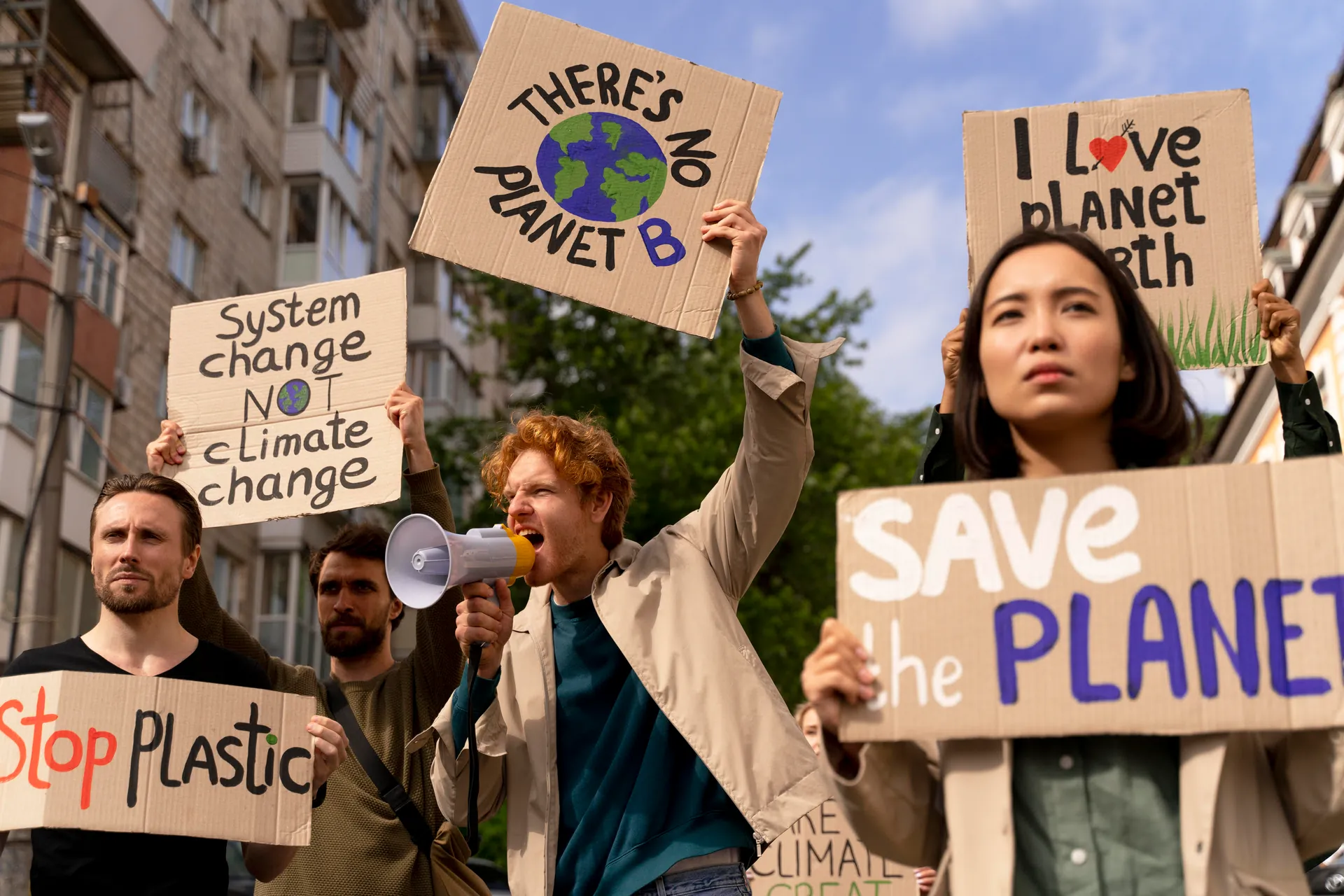
Bringing up the dialectical tradition described in the previous paragraphs, and taking the current environmental crisis as a reference, which is also the crisis of postmodernity; according to Lyotard, metanarratives are broad and totalizing narratives that cultures and societies use to give meaning to history, the legitimacy of knowledge, and human experience in general. These narratives are often ideological and seek to offer a coherent and universal explanation of the world. Referring to the difficulties of our time, Lyotard (1979) stated:
“Simplifying to the extreme, I define postmodern as incredulity toward metanarratives. It is indeed a characteristic of modern knowledge that its legitimacy is derived from a great narrative, such as the dialectics of spirit, the hermeneutics of meaning, the emancipation of the rational or working subject, or the creation of wealth.”
Despite his critics (the most important being Jurgen Habermas, who accuses Lyotard of criticizing postmodernity from another narrative), the truth is that the current crisis is a crisis of meaning, one that must be addressed through a new metanarrative. The fragmentation of knowledge, whose result is political, economic, and environmental atomization, requires that consumer society ask the fundamental questions of ancient philosophy. It is the opportune moment to create a narrative in the planetary context of systemic crisis. It may be the time to return to the essentials: family, territorial management, austerity, the acquisition of wisdom, and, in short, happiness.
The New Dialectic of Conservation: From the Tragedy of the Commons to the Evolution of Collective Action Institutions
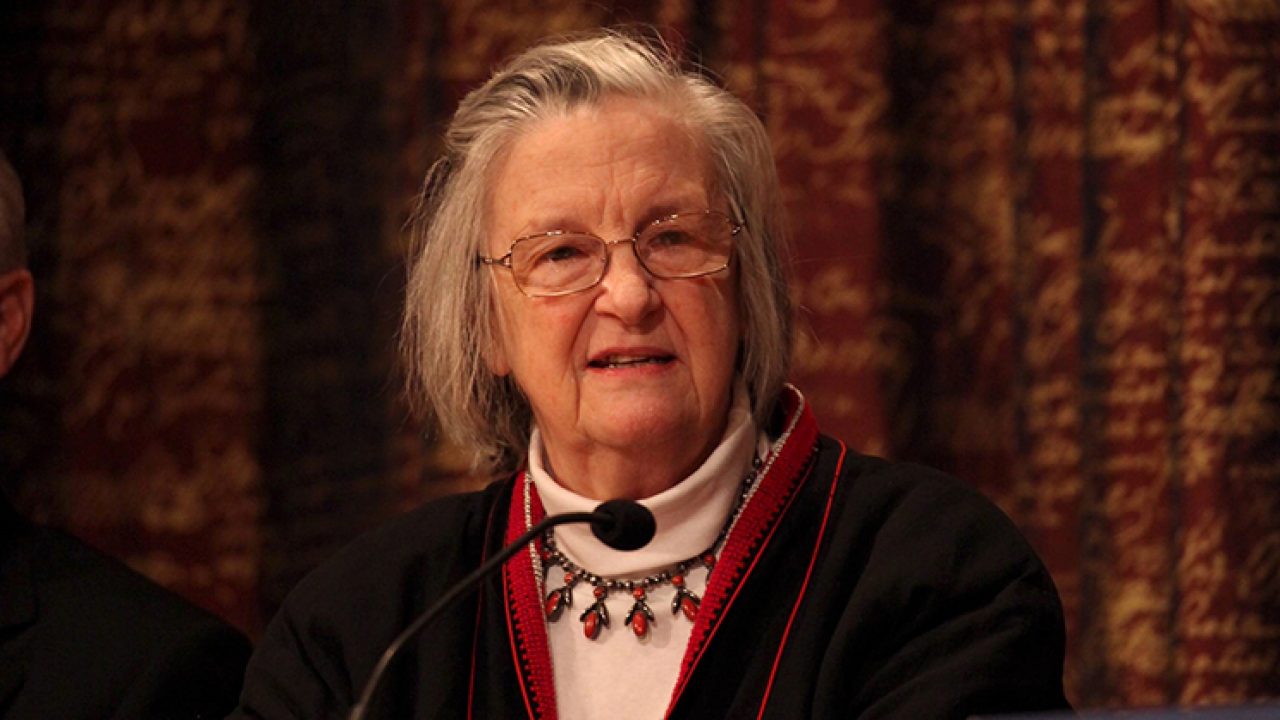
In previous publications, the book Designing Regenerative Cultures by Daniel Christian Wahl has already been mentioned. Daniel’s book is noteworthy for several reasons, including its accessible prose, an intuitive explanation of the phenomena related to the current environmental crisis, and, equally important, a thorough compilation of systemic thinking, living systems theory, deep ecology, among other topics that may be new to those interested in environmental sciences. Regeneration places special emphasis on bottom-up development. Among the distinguished writers in this field, this editorial highlights the work of Elinor Ostrom, who, in 2009, became the first woman to receive the Nobel Prize in Economics. In her lifetime, Elinor was a prolific writer on the subject of territorial governance. The final lines of this text—though brief, given her extensive work—will be dedicated to her.
Ostrom once remarked in an interview with reporters, “Bureaucrats sometimes do not have the correct information, whereas citizens and resource users do” (as cited in Forbes, 2009). This powerful statement liberates the unsuspecting masses from the burdens imposed by the political machinations of representative democracy. In Ostrom’s view, an alternative form of territorial management is possible, one that does not require the mediation of bureaucrats and technicians. In summary, those who benefit from resources have the greatest interest in their conservation, and they should be the ones to manage them (by now, the reader will have grasped the significant differences between the democracies of old, particularly in the purest form of territorial management). This raises the question: Where does Ostrom’s theory originate? Why did she become the first woman to be awarded the Nobel Prize in this field?
What distinguishes Ostrom in the realm of environmental sciences is her resolution of a debate initiated by Garrett Hardin in the last century. In his book The Tragedy of the Commons, Hardin (1968) argued that when multiple individuals act independently and rationally, they do so in their own self-interest; since common resources are finite, they are often overexploited and degraded over time. To scientifically validate his hypothesis, Hardin created “thought experiments” to understand how privatization, regulatory measures, and government controls could ensure the sustainability of resources. However, Ostrom (1990), in her book Governing the Commons: The Evolution of Institutions for Collective Action, not only dismantled Hardin’s neo-Malthusian ideas through her own logical frameworks but also empirically demonstrated, through case studies from various parts of the world, that communal governance is possible and can effectively coexist with private property (Ostrom likely did not realize that she was also delivering a significant blow to extreme Marxist ideas).
One of the most interesting examples cited by Ostrom is that of Spanish transhumance. This centuries-old practice allows shepherds to traverse hundreds of kilometers of both public and private land to find food for their sheep. To achieve this, the transhumant shepherds manage water resources in a way that prevents waste, ensuring that future nomadic farmers can benefit from this precious resource. Transhumance has created heritage routes, promotes geographical diversity, provides ecological benefits to soils for agriculture (what is commonly referred to in regenerative agriculture as “living soils”), and has fostered a social appropriation that recognizes the value of rural labor. Since 1994, the Spanish capital comes to a standstill during the so-called “Madrid Transhumance Festival,” a celebration that takes place in the autumn and justly acknowledges one of the most unique cultural phenomena in Europe.
Thus, building a metanarrative of conservation will require that collective organizations consider the development they wish to achieve, manage their own resources, and open up to new democratic spaces for territorial governance. Our ancestors did so; their success is well-documented. The task of the new metanarrative is to elevate the ethical values that ennoble our species. The fundamental dialectical task is “to build cultures of regeneration,” as Wahl aptly states in the book mentioned earlier. As governance, culture, and conservation become part of a systemic whole, the potential for regeneration becomes possible in this context. It is imperative to clear the path proposed by Ivan Illich; we must create “a powerful story.”
Jhon Enrique Bermúdez Tobón
Ph.D. (c) in Tourism (UAB)
Master’s in Sustainable Tourism Management (UCI)
Sustainable Tourism Administrator (UTP)
Bibliographic sources
Choque, M. E., & Mamani, C. (2001). Reconstitución del ayllu y derechos de los pueblos indígenas: el movimiento indio en los Andes de Bolivia. Journal of Latin American Anthropology, 6(1), 202-224.
Estrada, A. M. (1983). El calpulli en la organización social de los tenochca (No. 15). Instituto Nacional Indigenista.
Forbes. (2009). Elinor Ostrom and the digital commons. Recuperado de https://www.forbes.com/2009/10/13/open-source-net-neutrality-elinor-ostrom-nobel-opinions-contributors-david-bollier.html.
González Acosta, A. (2001). Migraciones tlaxcaltecas hacia Centro y Sudamerica la otra frontera: el sur. Revista de Historia de América, (129), 103-144.
Hardin, G. (1968). The tragedy of the commons. Science, 162(3859), 1243-1248. https://doi.org/10.1126/science.162.3859.1243
llich, I. (n.d.). [Cita apócrifa]. En línea.
Lyotard, J.-F. (1979). La condición postmoderna: Informe sobre el saber. Madrid: Cátedra.
Masana, S. (2015). La Liga de las Seis Naciones iroquesas y el debate sobre su aporte al sistema político estadounidense. línea]. Recuperado de http://www. argentinarree. com/documentos/iroqueses. pdf.
Ostrom, E. (1990). Governing the commons: The evolution of institutions for collective action. Cambridge University Press.
Reyes, M. Z. C., & Pérez, S. A. (2024). La comunidad municipalizada en el estado de Tlaxcala: reflexiones sobre el alcance del comunalismo en la democracia local. Papel Político, 29.

